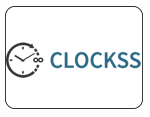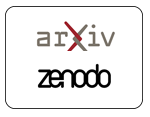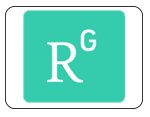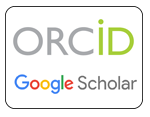Digital Preservation and Self-Archiving
The journal Ciencia y Tecnología Agropecuaria is committed to the digital preservation of its content. The main preservation measures adopted are outlined below:
-
Use of the Open Journal System (OJS): The journal uses OJS to efficiently manage its publications and ensure the long-term digital preservation of its content.
-
Assignment of Digital Object Identifier (DOI): Each article published in the journal receives a DOI, providing a persistent identifier managed by Crossref. This facilitates unique identification and citation of articles within the academic community.
-
Digital Preservation Services CLOCKSS and LOCKSS: The journal participates in the CLOCKSS and LOCKSS digital preservation networks, ensuring the safeguarding of its content across multiple servers worldwide. This guarantees availability and recovery of materials even in the event of technical failures or data loss.
-
Open Access Policy: The journal follows an open access policy, meaning its content is freely available to all users without access or download fees. This policy promotes knowledge sharing and the dissemination of academic content.
Authors may deposit their articles in institutional, thematic, or personal repositories, as well as on academic websites, provided that proper citation of the version published in the journal is maintained.
The following versions are authorized for deposit:
- Postprint version: The peer-reviewed accepted manuscript, which may be made public immediately after acceptance.
- Final published version: The official version edited and formatted by the journal, available after final publication.
Recommended Platforms for Self-Archiving














